Nearly a quarter of Americans smoke weed. Some of them also use nootropics and many more are becoming interested as their popularity continues to increase. Nootropics and weed often go great together. Some can  enhance weed's positive effects while others can reduce some of weed's negative effects.
enhance weed's positive effects while others can reduce some of weed's negative effects.
Over the past few years public opinion about weed has changed drastically. We now know that all the horrible things the government told us about weed aren't true. More and more people are turning to cannabis instead of dangerous and often deadly prescription drugs. It can be just as effective at treating pain, anxiety, and other conditions but without all the terrible side effects.
In this post, we're going to look at using nootropics and weed together. Some nootropics can enhance weed's euphoric, mood-boosting effects. Others can help to reduce the anxiety that weed sometimes causes. And some can reduce the memory impairment and other negative effects that weed is sometimes responsible for.
But before we get into all of that, let's briefly go over what weed is and how it works.
What Is Weed?
Weed is one of the most common nicknames for cannabis, a plant that grows naturally all over the world. Usually smoked, it's been used for centuries for its ability to boost mood, enhance perception, increase appetite, elevate creative thinking, and improve sleep.
 Other nicknames for cannabis besides weed include herb, pot, green, trees, sweet leaf, wacky tobacky, grass, ganja, marijuana, Mary Jane, dope, skunk, reefer, sinsemilla, smoke, and about a hundred others. Remember how I said that weed elevates creative thinking? Users have had no shortage of ideas for what to call their favorite plant.
Other nicknames for cannabis besides weed include herb, pot, green, trees, sweet leaf, wacky tobacky, grass, ganja, marijuana, Mary Jane, dope, skunk, reefer, sinsemilla, smoke, and about a hundred others. Remember how I said that weed elevates creative thinking? Users have had no shortage of ideas for what to call their favorite plant.
Traditionally, weed has usually been ingested by smoking the dried leaves. Now, there are several different ways to consume it. Weed can be vaporized, baked into edibles, made into a concentrated oil, and even infused into different beverages. This makes it much more accessible for people who don't like smoking.
Several states have legalized weed over the past few years and many more have approved it for medicinal use. It's becoming more and more accepted as all the lies we've been told about it have been debunked. Not nearly as dangerous as we were once told, cannabis has enhanced the lives of millions of people. Let's take a look at how it works.
How Does Weed Work?
Just like how nootropics work, weed's effects are caused by the way it interacts with certain neurotransmitters in the brain. Cannabis contains a number of different compounds that are responsible for its effects.
 THC (tetrahydrocannabinol) is one such compound. It's responsible for most of weed's psychoactive effects. Our brains have receptors that THC binds to called cannabinoid receptors. When THC gets into the brain and activates these receptors, it causes weed's psychoactive effects.
THC (tetrahydrocannabinol) is one such compound. It's responsible for most of weed's psychoactive effects. Our brains have receptors that THC binds to called cannabinoid receptors. When THC gets into the brain and activates these receptors, it causes weed's psychoactive effects.
Another compound in cannabis responsible for some of its effects is CBD (cannabidiol). While CBD doesn't have a powerful psychoactive effect like THC, it can reduce anxiety and promote a sense of calmness.
When you smoke or vape weed, the effects are usually felt quickly. The THC, CBD, and other compounds enter your bloodstream through your lungs and travel right up to the brain. Effects are usually felt within a minute, sometimes much less.
When you ingest weed orally, through an edible or drink, it takes much longer for the effects to be felt. The THC and other compounds have to pass through your gastrointestinal (GI) system before they're absorbed into your bloodstream. It can take up to a couple hours before the effects are felt.
That, in a nutshell, is how weed works. Now, let's look at some nootropics and weed, how they mix, and how to get the most out of them.
Nootropics And Weed
One of the very first posts here at the Nootropics Zone back in 2014 was about nootropics and cannabis. Since then, several states have legalized weed and its use has become a lot more acceptable. During that time, the use of nootropics has also grown quite a bit. More people are using smart drugs now than ever.
Naturally, there's going to be some crossover. A lot of cannabis users are interested in using nootropics to enhance weed's positive effects and to reduce some of its potential negative effects. Fortunately, there are several nootropics that go well with weed.
L-Theanine

L-theanine is a non-essential amino acid found naturally in green tea. It's often taken with caffeine because of it's able to reduce the anxiety and jitters that some people feel. When taken with weed, it can reduce or eliminate anxious and paranoid thinking, leading to a much more pleasant experience.
Usually found in capsule form, L-theanine is commonly taken in a dosage of anywhere from 100-400 milligrams (mg). Most people find it to be calming but not sedating in that range. It can be taken with or without food but probably absorbs much better when taken on an empty stomach.
You can learn more about l-theanine here: L-Theanine – A Calming Nootropic.
Aniracetam

Aniracetam has plenty of science to support its safety and effectiveness. First created in the 1970's, aniracetam is sold as a prescription drug in many European countries. It is used to treat a variety of conditions including anxiety disorders and memory problems.
Two of weed's most common negative effects are anxiety and memory problems. Taking aniracetam with weed can reduce or even eliminate these negative effects. Its ability to reduce anxiety and improve memory make it an excellent nootropic to take with weed.
Users often report improved memory, focus, and mood, and decreased anxiety. When taken as a nootropic, aniracetam is usually dosed once or twice daily, up to 2,500 mg a day.
You can read more about aniracetam here: Aniracetam for Anxiety and Focus.
Ashwagandha
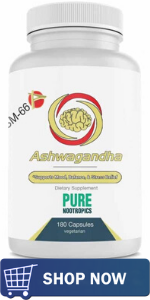
This is a great nootropic to take with weed. Not only is ashwagandha a natural plant like weed, it has just as many benefits. Ashwagandha can decrease anxiety, improve mood, and even make you feel more comfortable in social situations. This is great for people with social anxiety and people who isolate when they use cannabis.
Some of ashwagandha's effects can be felt after just one dose. However, it works best when taken two-to-three times a day for several weeks. Up to 6,000 mg a day has been shown to be safe and effective but many users report great benefits with much less.
You can read more about ashwagandha here: The Many Benefits of Ashwagandha.
Kava

Kava has been shown to be as effective at reducing anxiety as many prescription drugs. Users report decreased anxiety, improved mood, and an overall sense of calm. In some Pacific countries, it's consumed like alcohol. People drink kava in social situations because it makes them feel relaxed and in a good mood.
When taken with weed, kava can reduce or even eliminate the anxiety and paranoia that often go with it. Traditionally, kava has been consumed as a drink. It can also be taken in capsule form or as a powder. Taken a half hour before smoking or vaporizing weed, kava can erase your anxiety and promote a sense of serenity.
Kava contains kavalactones which are responsible for its effects. Its effects can be felt after just one dose. Most kava products list exactly how much kavalactones are present. To reduce anxiety when using cannabis, most users find that up to 300 mg of kavalactones is both safe and effective.
Valerian

Valerian is a plant that grown naturally in several parts of the world. It's sometimes referred to as nature's Valium because of its ability to reduce anxiety. Valerian has been shown to be as effective as prescription drugs but without many of the nasty side effects.
When taken with weed, valerian can reduce the anxiety and paranoia that often come with cannabis use. It is usually taken in capsule form, as valerian has a very strong taste and smell that most users don't like.
The effects of valerian can be felt after just one dose. A typical dosage of valerian is around 450 milligrams but many users report good results with as little as 300 mg. Others need more to feel the benefits of valerian.
You can read more about both kava and valerian here: The Top 5 Calming Nootropics.
Conclusion
For a lot of people, weed is nothing short of miraculous. They use to treat pain, improve sleep, increase appetite, and to treat a variety of other conditions. However, it can come with negative effects like anxiety and memory problems. Taking the above nootropics can reduce and even eliminate some of these negative effects.
We now know that weed isn't the dangerous and evil plant we've been told that it is. In fact, like millions of others, it's been an absolute life saver for me and so has another medicinal plant: kratom. Thousands of people have used it to get off dangerous (and often deadly) prescription painkillers. If you suffer from chronic pain, depression, anxiety, or any other conditions, you may want to read about kratom: The Nootropic Benefits of Kratom.
To learn more about nootropics, sign up for the Nootropics Zone newsletter. You'll get the free gift, The Ultimate Nootropics Quick Reference Guide.
[This article was originally published on September 7, 2018. Updated February 24, 2023.]

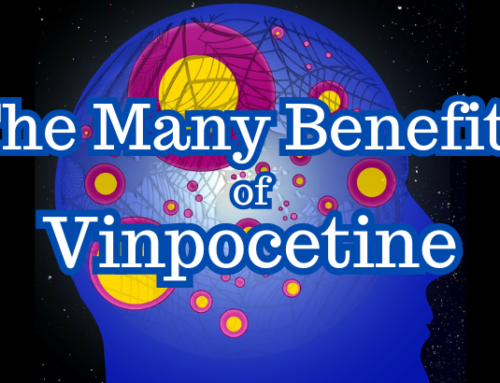
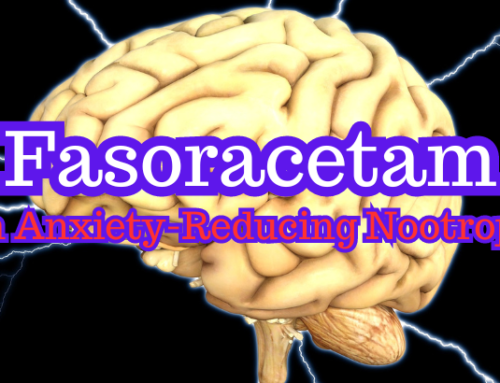
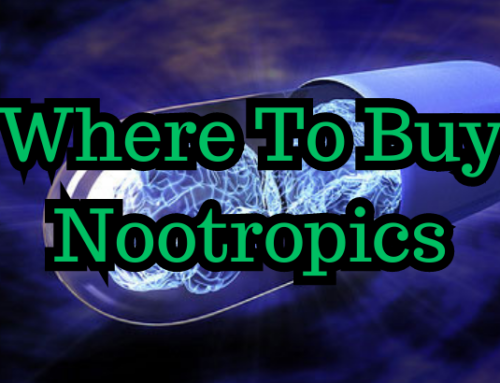
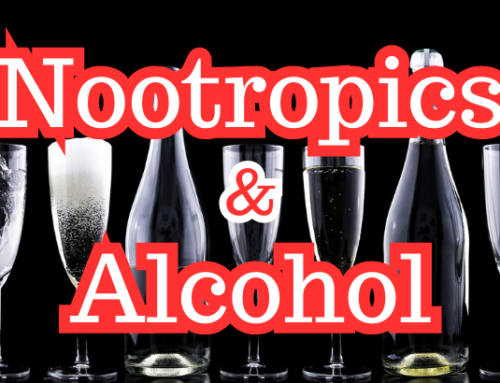
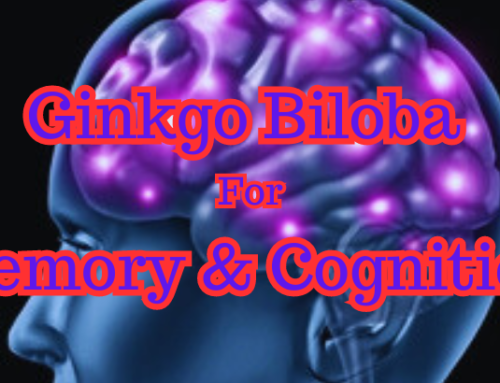

You forgot to mention Passion flower, kratom, chamomile and more relaxing herbs.
You’re right: All of those would fit right in with the others. Kratom, I find, goes especially well with weed. Maybe I’ll update this post at a later time to include them all. Thanks for the comment!
Just a clarification, you do not smoke the leaves. You smoke the cured flower buds. Leaves are used in preperation for extracts, but in massive amounts. Leaves can also be used to prepare a cannagar (cannabis cigar).
I just started taking L Theanine 3 days ago for other reasons. The first time I had a vape, 2 nights ago, was like a completely different hit. I had next to zero anxiety, I have always been prone to this to some degree when using Cannabis. This was one of, if not THE best Tokes I have ever had, just pure euphoria. I,m still in a state of very pleasant shock. If anxiety or paranoia is a problem for you, try L Theanine, which is pretty much safe, non toxic and harmless anyway. I just took the standard dose in capsule form in the afternoon with my coffee, so don’t worry about any weird doses or procedures. An hour or 2 before taking Cannabis would be the best time I guess.
As a regular cannabis user I’ve have experienced similar effects when combining the two and other nootropics. So far though I have only tried premade nootropic stacks, these being, Qualia Mind Essentials, and Mind Lab Pro, so far I have only really had positive effects, but I’m unsure of the safety of massively changing your brain chemistry this much on a regular bases, sure it can make you productive but I worry messing about with these very core and sensitive parts of the mind even if it is enjoyable. I also wonder if the cause you to have more dopamine available in the brain and if that is a good thing, it may be making the receptors that use this neurotransmitter even more sensitive, even if weed already does this just by itself I hope that adding in nootropics into the mix does not make this even more of a problem than it already is for me, being a regular user of both.
I also wonder if this may cause one*